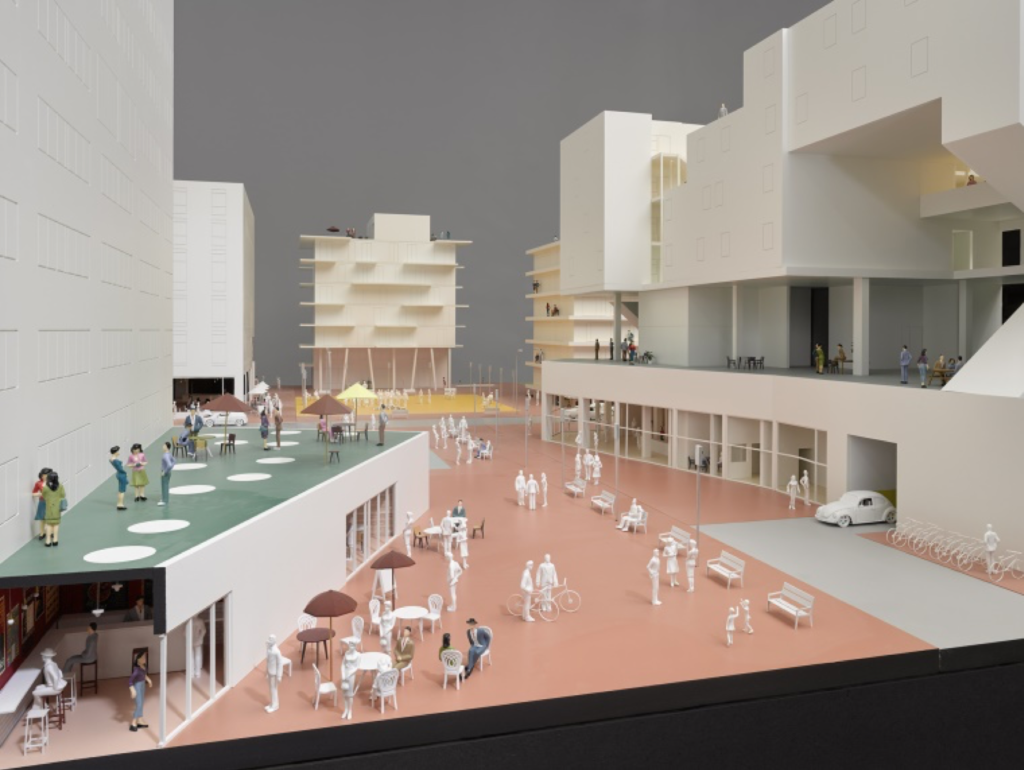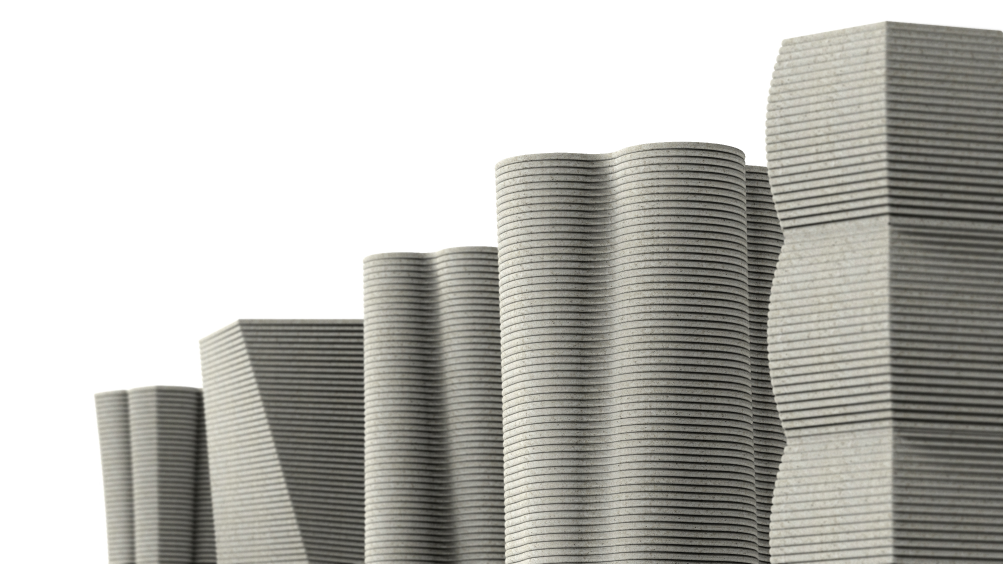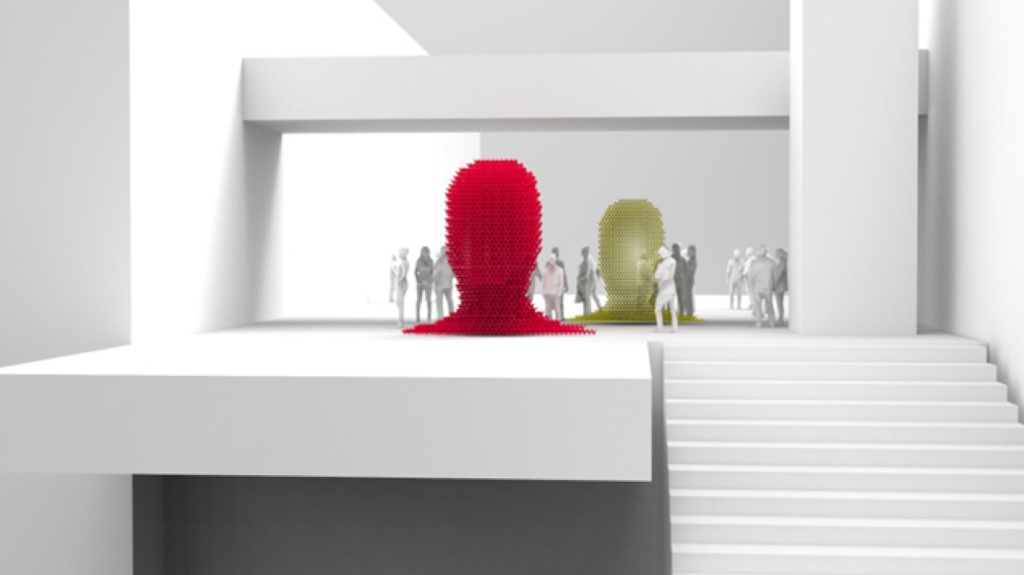Humanity + Community: The Gwangju Design Biennale 2019
Written by Cami Ismanova.
My humanity is bound up in yours, for we can only be human together. — Desmond Tutu
Humanity – one word with thousands of different manifestations, and yet the best one is to show it, feel it, and share it with others. This is exactly what the Gwangju Design Biennale 2019 offers to its visitors this year: the question “What is humanity?” Using design as “a tool of creativity and innovation,” the Biennale’s exhibitions set a clear image of one of the most fundamental values of mankind. The 2019 Biennale presents five main exhibitions: “Humanity and Design,” “Humanity for the Next Generation,” “Humanity Through New Technology,” “Humancity,” and “Humanity of Local Innovation.”

Next Generation).
“Humanity and Design” is the theme of the exhibition located in Exhibition Hall 1, and it lets visitors observe various aspects of people. The crowd is encouraged to be a part of the artworks and installations, which are designed for visitors to recognize humanity in different forms. It consists of an introduction and three main zones: the song of “Human-ness,” “Hugging Ourselves,” and “Becoming Kind Together.” All of the design works are being curated by Professor of Applied Art Education Lee Dong-yeong of Hanyang University. The idea of this particular exhibition is to find a way to create a coexisting society through design – one where people are more considerate about the feelings of fellow humans in contemporary life, and where rethinking human values and the validation of emotions are essential to a prosperous, peaceful coexistence. This exhibition attempts to unite people by presenting a possible future for our global village.

“Humanity for the Next Generation” is the international exhibition located in Exhibition Hall 2, and it celebrates the 100th anniversary of the establishment of the Bauhaus. The Bauhaus was a German art school which, from 1919 to 1933, combined crafts and the fine arts. The exhibition re-highlights the Bauhaus in this era by overviewing its major works, explaining the history of the Bauhaus, and demonstrating the importance of the role of design for society. Also, it compares the spirit and ideology of the Bauhaus with the spirit and ideology of our present day. The exhibition, which covers the origin of human-centered design over the last 100 years, is curated by Kang Seugn-min, the CEO of Talk and Service.

“Humanity Through New Technology” is the corporate exhibition located in Exhibition Hall 3, and it showcases technologies for people’s step-by-step fulfillment. The exhibition consists of three zones: “Technology Shared with Nature” “Technology That Fills Our Hearts,” and “Technology That Challenges for Newness.” How does technology relate to humanity? What kind of role will technology play in realizing humanity? The exhibition demonstrates the role of technology in linking people and society, and people with the environment. Also, it gives an opportunity to reflect on how we currently use technology. “Humanity Through New Technology” is curated by Kim Yeong-mi, the director of Miraeseum, and by Park Jung-ho, a professor at Myungji University.
“Humancity” is the experience exhibition located in Exhibition Hall 4. It presents the city as a place of life, where people try to create an organic community of mutual understanding and respect through design focused on humans. This is a big project divided into five parts: (H), (U), (M), (A), and (N). “H” represents the space of harmony where people join forces together. “U” symbolizes the universal design of consideration and inclusion. “M” stands for the minimal values of healing and regeneration. “A” accounts for the future presented by high technology, while “N” centers on a sustainable vision for generations in the future. Visitors can experience a variety of designs by artists and companies that lead in both social and technological innovations. This impressive project is curated by Prof. Lee Kang-hyun of Hongik University and Prof. Choi Min-young of Sungshin Women’s University.

Last but not least is the business lounge with the theme “Humanity of Local Innovation,” which is located in Exhibition Hall 5. This exhibition might attract your attention the most because it covers the movement of the people of Gwangju along with future visions and industries of Gwangju. Design companies promote their products in this exhibition, and visitors can buy a great variety of design products in the market in Zone 3: “Store Gwangju.” This exhibition also aims to demonstrate the potential of Gwangju’s growing industries in the world. It includes a convergence design curated by Professor Kim Seong-ho of Jungwon University, a fashion design curated by Prof. Jung Jae-woo of Dongduk Women’s University, and others. The exhibition is divided into three main zones: “Glocal Gwangju,” “Style Gwangju,” and “Store Gwangju.”
The Gwangju Design Biennale 2019 is definitely worth a visit. It is hard to describe just how thought-provoking and inspiring it really is. Luckily, the Biennale has a lot of exhibitions to offer throughout the year. So, if you missed this one, you will have a chance to enjoy a variety of upcoming events there in the near future.
The Author
Cami Ismanova is a student at Chonnam National University majoring in economics. She writes poems both in English and Russian as one of the ways to express herself. She loves traveling around and reading classics.





